Remember when you couldn’t turn on the TV without seeing the same familiar faces? The 1970s were a golden age of television and cinema, where certain actors seemed to appear in every other show or movie. These weren’t necessarily the biggest stars, but they were the reliable character actors and leading players who became part of our weekly routine. Then, almost as quickly as they’d arrived, they seemed to vanish from our screens, leaving us wondering whatever happened to those faces we’d grown so accustomed to seeing.
1. Robert Urich
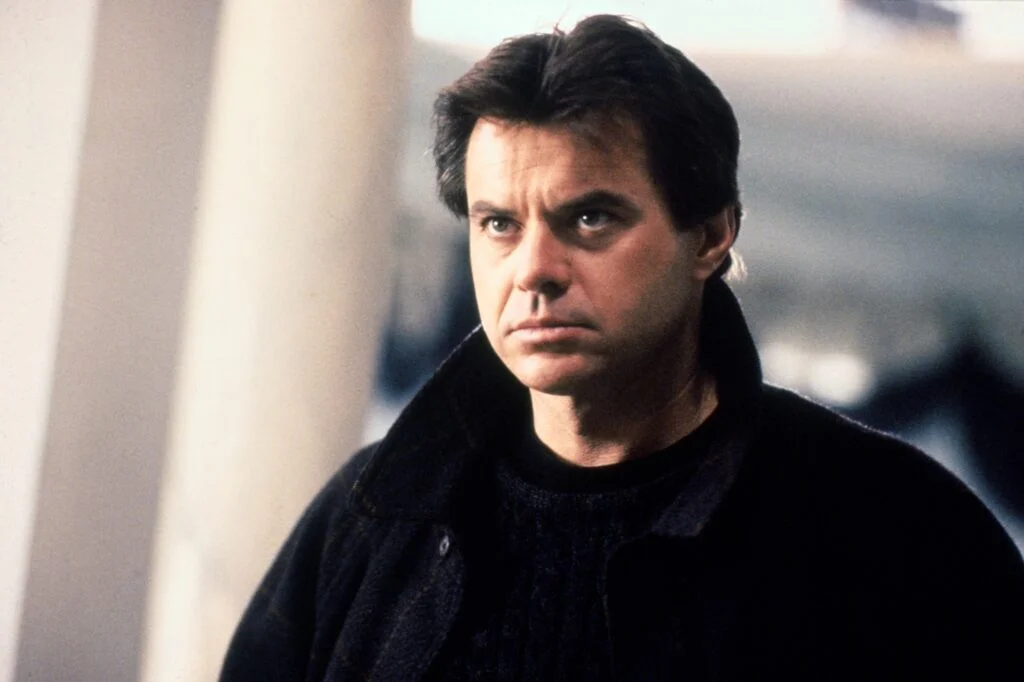
Robert Urich was the definition of a television heartthrob in the ’70s, bouncing between detective shows and action series with remarkable ease. He starred in “S.W.A.T.” as Officer Jim Street, then moved on to play Dan Tanna in “Vega$,” making him a household name across America. His rugged good looks and natural charisma made him perfect for the era’s masculine TV heroes. A write-up on IMDb explores the full, unique scope of Urich’s life as an actor and beyond.
By the early ’80s, Urich continued with “Spenser: For Hire,” but his career began to slow down as tastes changed and newer faces emerged. Personal struggles and health issues, including his battle with cancer, affected his later career choices. Though he continued acting until his death in 2002, he never again reached the ubiquity he enjoyed during his ’70s heyday.
2. Susan Saint James

Susan Saint James was everywhere in the ’70s, charming audiences as Sally McMillan in “McMillan & Wife” alongside Rock Hudson. Her girl-next-door appeal and comedic timing made her a perfect fit for the era’s sophisticated crime comedies. She seemed to effortlessly balance being both beautiful and approachable, qualities that made her a favorite among viewers. Hollywood Walk of Fame explores her impact on television, a legacy that spans decades on the small screen.
After “McMillan & Wife” ended in 1977, Saint James struggled to find another role that captured the same magic. She appeared in various TV movies and series, but nothing quite matched her earlier success. Personal tragedies, including the loss of her son in a plane crash, led her to step back from acting and focus on her family and charitable work.
3. James Brolin
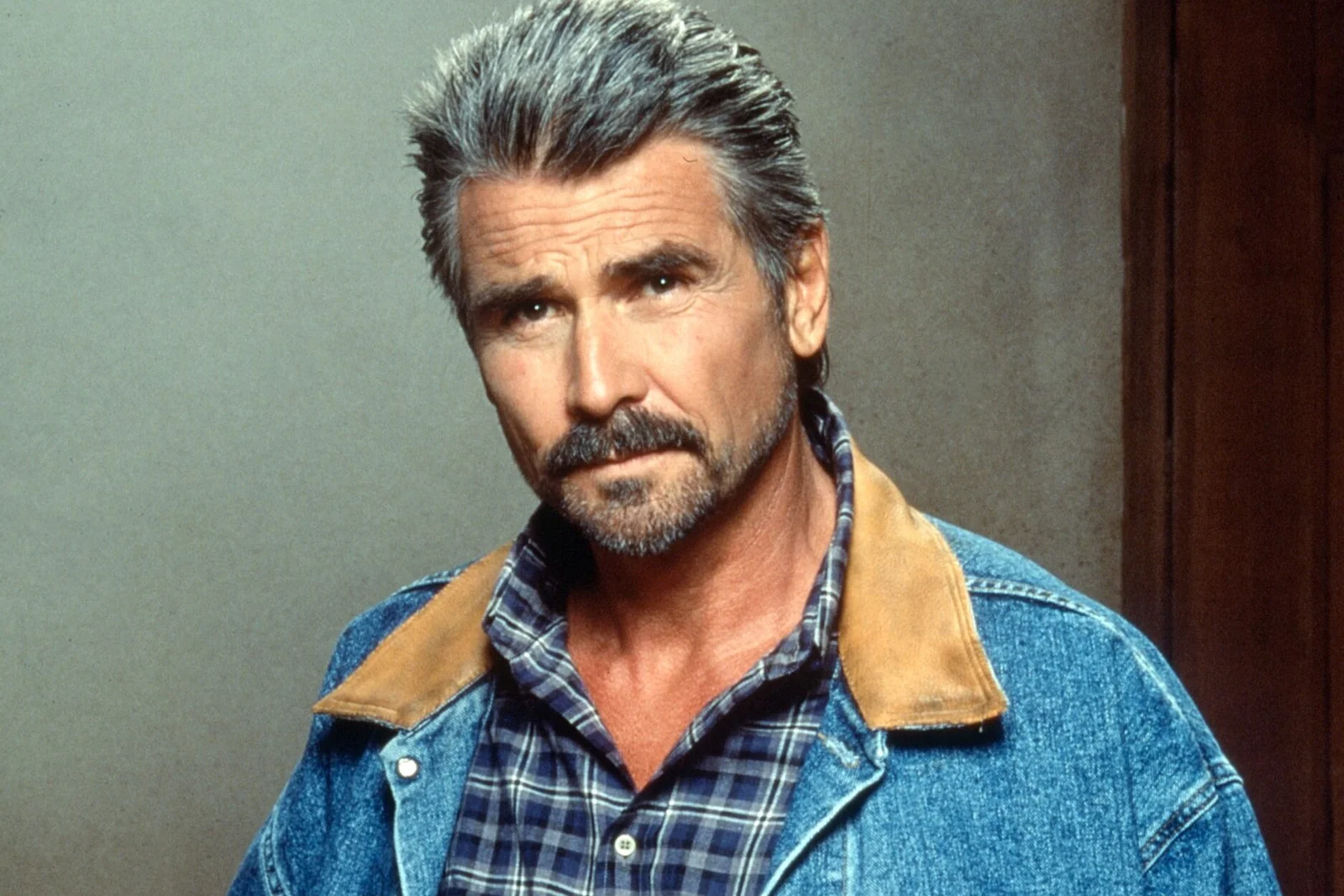
James Brolin dominated ’70s television with his starring role in “Marcus Welby, M.D.,” where he played the young Dr. Steven Kiley opposite Robert Young. His performances earned him Emmy nominations and made him one of the most recognizable faces on television. Brolin’s earnest portrayal of the dedicated young doctor resonated with audiences who were drawn to medical dramas. As noted by TV Insider, his work extends far beyond in front of the camera.
While Brolin continued acting well into the following decades, he never quite recaptured the widespread appeal he had during his “Marcus Welby” years. He shifted toward more film work and later became known for his marriage to Barbra Streisand, which sometimes overshadowed his acting achievements. Though he remained active in Hollywood, his prominence as a leading man gradually faded as newer actors took center stage.
4. Angie Dickinson
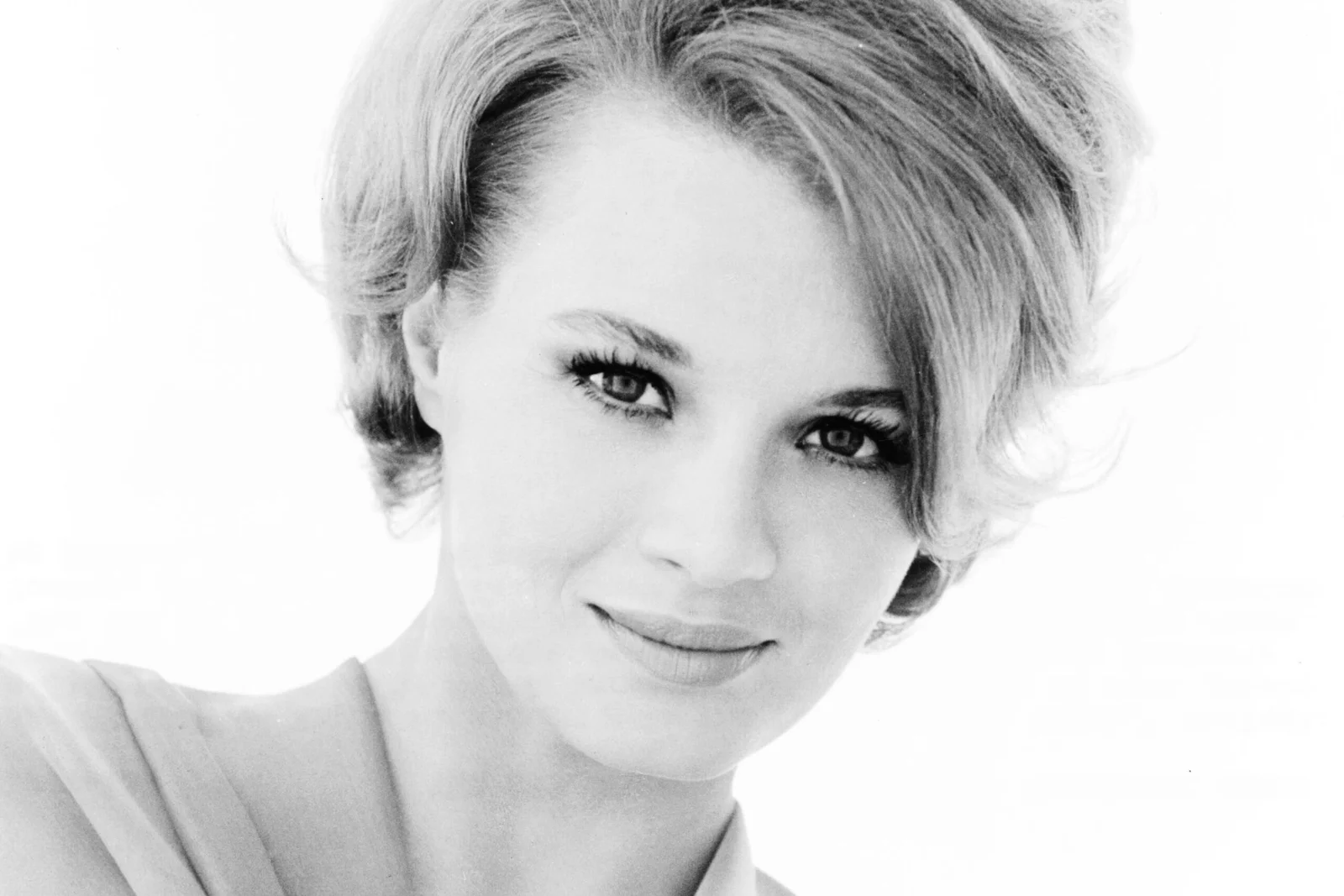
Angie Dickinson was the epitome of cool in the ’70s, starring as Sergeant Suzanne “Pepper” Anderson in “Police Woman.” Her portrayal of a tough, capable female police officer was groundbreaking for its time and made her a feminist icon. Dickinson brought a perfect blend of strength and femininity to the role that captured the changing attitudes of the decade.
After “Police Woman” ended in 1978, Dickinson found it challenging to find roles that matched the impact of her signature character. Hollywood’s ageism toward women became more apparent as she entered her 40s, limiting her opportunities for leading roles. Though she continued to work in television movies and guest appearances, she never again achieved the cultural significance she held during her “Police Woman” era.
5. Lee Majors
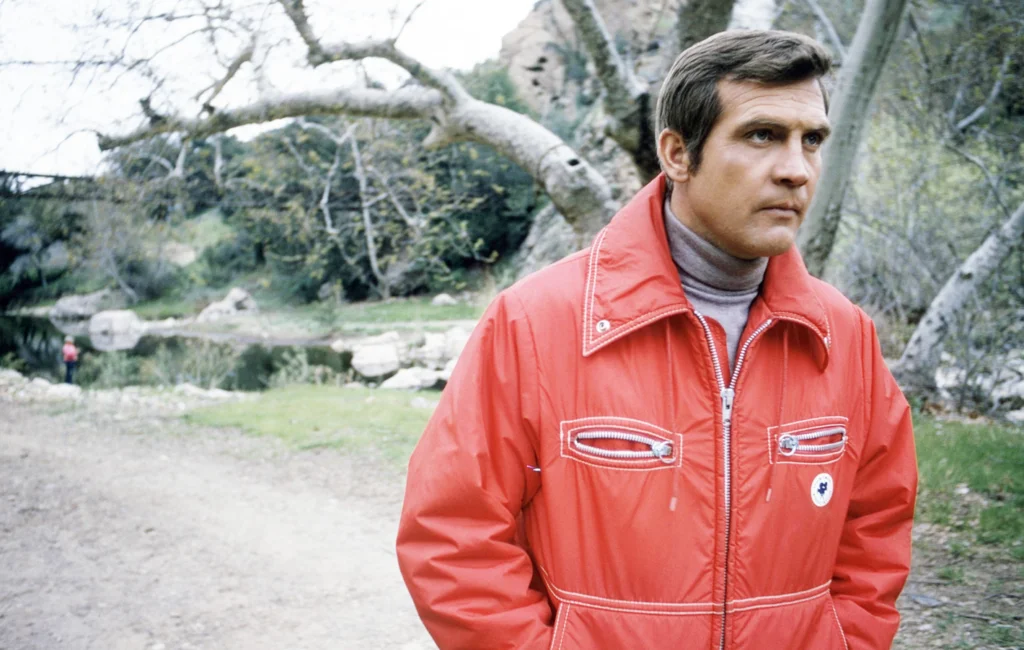
Lee Majors was the king of action television in the ’70s, first as Heath Barkley in “The Big Valley” and then as the iconic Steve Austin in “The Six Million Dollar Man.” His portrayal of the bionic man made him a pop culture phenomenon and one of the most recognizable actors of the decade. Children everywhere mimicked his slow-motion running and distinctive bionic sound effects.
When “The Six Million Dollar Man” ended in 1978, Majors struggled to escape the shadow of his most famous role. Despite attempts at other series like “The Fall Guy” in the ’80s, he was often typecast as the action hero from a bygone era. As television evolved and special effects became more sophisticated, his brand of straightforward heroics seemed increasingly dated.
6. Lynda Carter
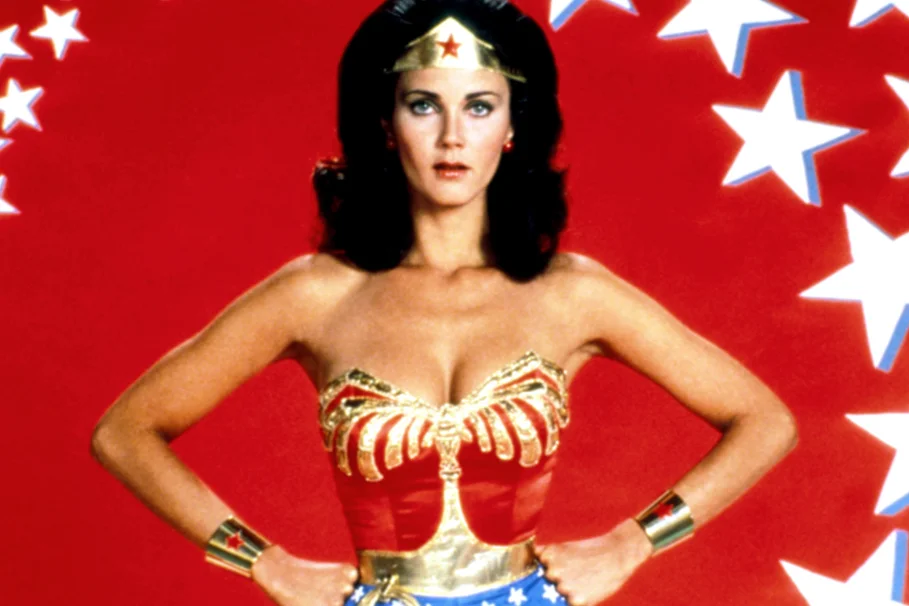
Lynda Carter became a cultural icon almost overnight when she donned the golden lasso as Wonder Woman in 1975. Her portrayal of the Amazonian princess was both powerful and graceful, making her the definitive version of the character for an entire generation. Carter’s natural beauty and athletic ability made her perfect for the role that launched her to international fame.
After “Wonder Woman” ended in 1979, Carter found herself typecast and struggled to find roles that weren’t overshadowed by her superhero persona. The entertainment industry’s tendency to pigeonhole actors who became too associated with one character worked against her career aspirations. Though she pursued music and continued acting in smaller projects, she never escaped the cape and tiara that had made her famous.
7. David Soul
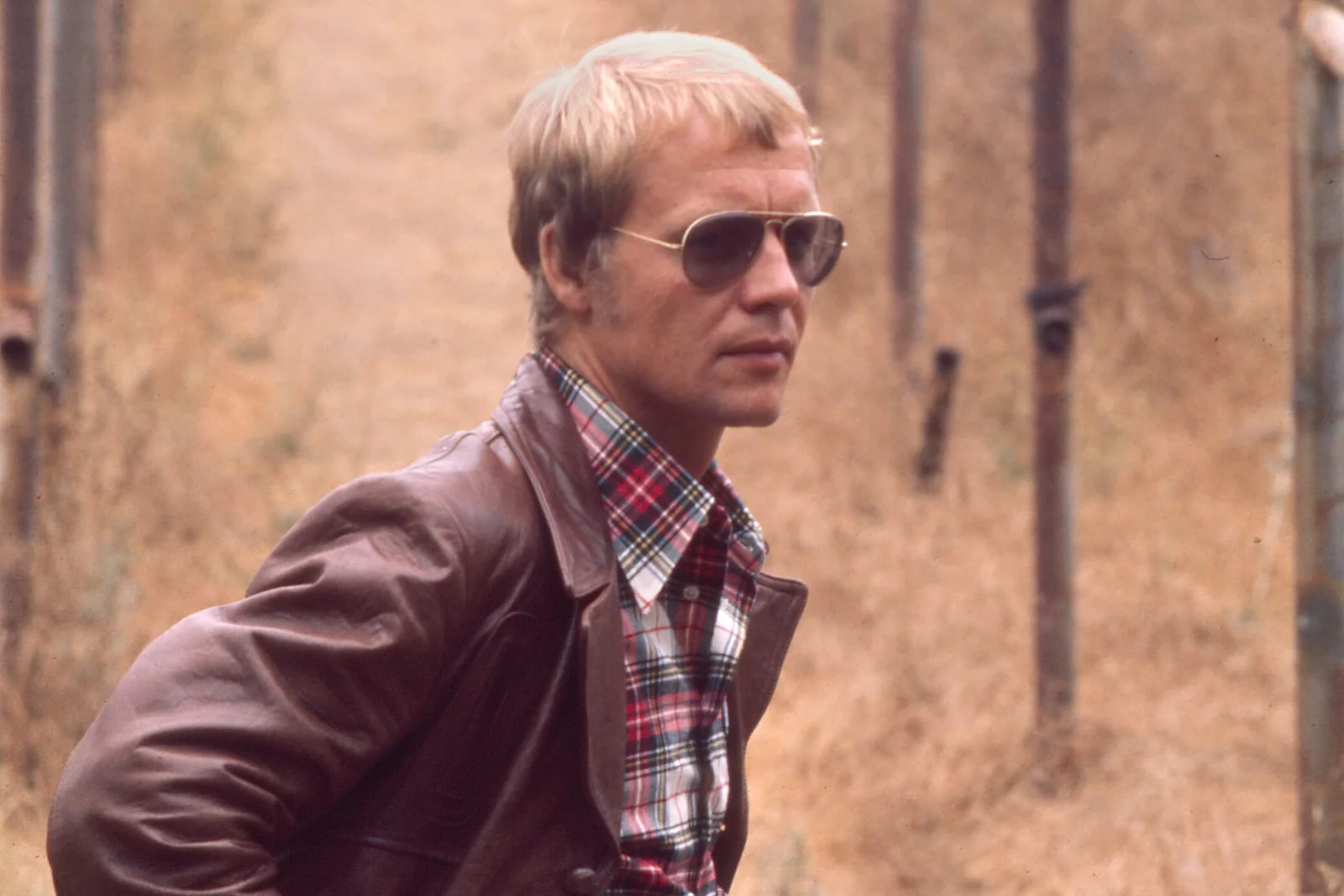
David Soul captured hearts as the blond half of the crime-fighting duo in “Starsky & Hutch,” playing Detective Ken “Hutch” Hutchinson. His sensitive portrayal of the intellectual cop provided a perfect counterbalance to Paul Michael Glaser’s more street-smart Starsky. Soul’s musical talents also led to recording success, with his soft rock ballads climbing the charts during the show’s run.
When “Starsky & Hutch” ended in 1981, Soul found himself struggling to break free from the buddy-cop format that had made him famous. His attempts at dramatic roles and his music career couldn’t sustain the momentum he’d built during his TV heyday. Age and changing tastes in both television and music gradually pushed him out of the spotlight he’d once commanded.
8. Kate Jackson
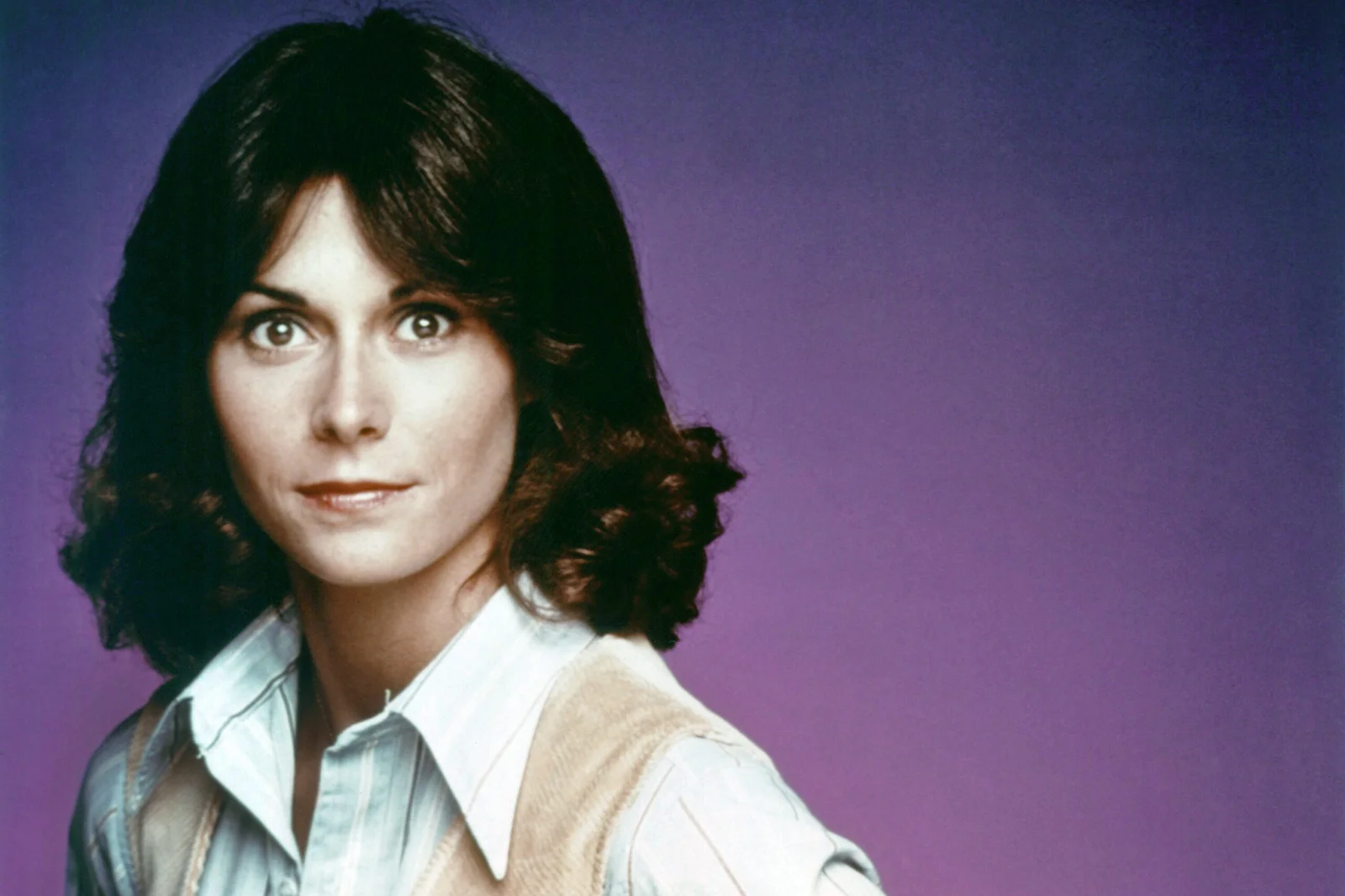
Kate Jackson was one of television’s most beloved leading ladies, first as Jill Danko in “The Rookies” and then as the smart, capable Sabrina Duncan in “Charlie’s Angels.” Her intelligence and relatability set her apart from typical TV beauties of the era. Jackson brought depth and credibility to roles that could have easily become one-dimensional.
After leaving “Charlie’s Angels” in 1979 to pursue other opportunities, Jackson’s career never quite reached the same heights. Personal health struggles, including her battle with breast cancer, affected her ability to maintain a consistent presence in Hollywood. While she continued working in television movies and series, she gradually faded from the public consciousness that had once made her a household name.
9. William Devane
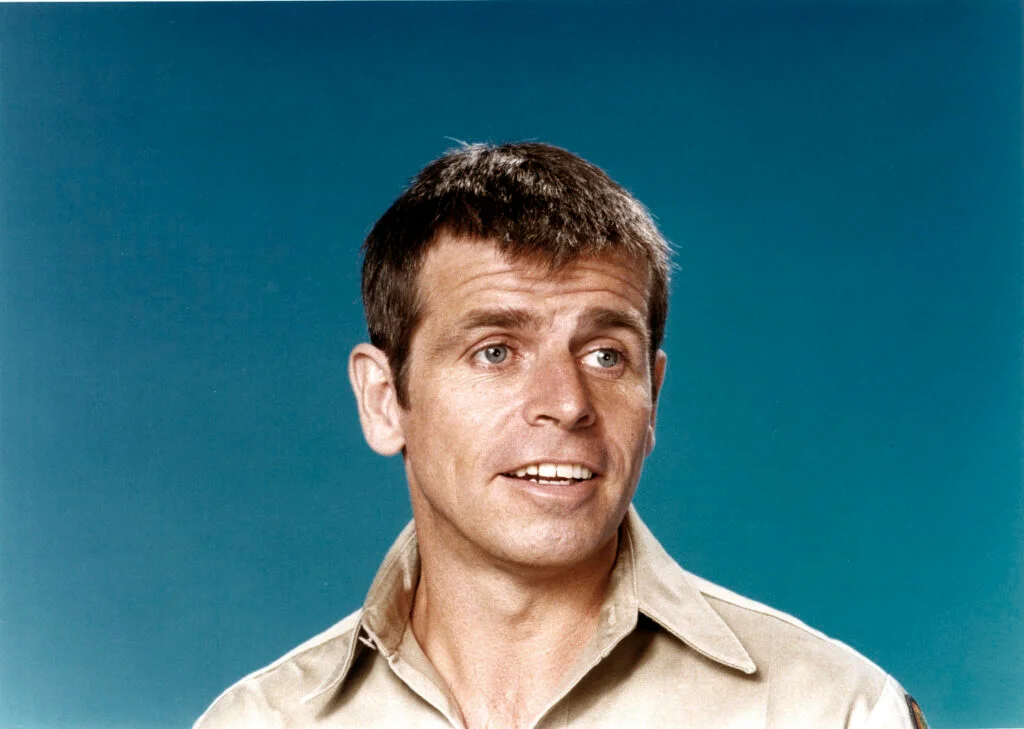
William Devane was a master of intensity in the ’70s, appearing in everything from political thrillers like “Marathon Man” to the miniseries “Roots.” His distinctive voice and commanding presence made him a go-to character actor for serious dramatic roles. Devane had the ability to be both menacing and sympathetic, often within the same performance.
As the ’80s arrived, Devane found himself increasingly typecast in villain roles, which limited his range of opportunities. The changing landscape of television and film favored younger actors, and his particular brand of gravitas became less in demand. Though he continued working steadily, his prominence as a leading character actor gradually diminished from its ’70s peak.
10. Farrah Fawcett
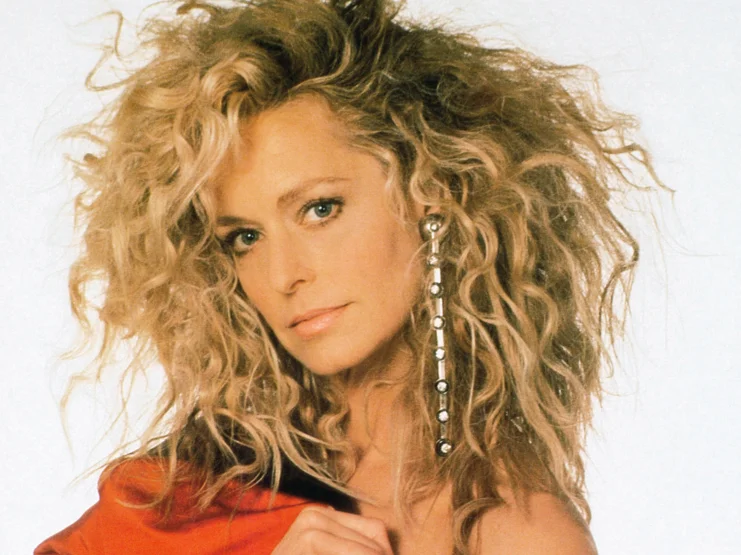
Farrah Fawcett became the poster girl of the ’70s—literally—with her feathered hair and megawatt smile as Jill Munroe in “Charlie’s Angels.” Her iconic red swimsuit poster adorned countless bedroom walls and made her one of the most recognizable faces in America. Fawcett embodied the carefree, glamorous spirit of the decade like no other actress.
After leaving “Charlie’s Angels” after just one season to pursue film career, Fawcett struggled to be taken seriously as a dramatic actress. Despite some acclaimed performances in TV movies, she could never fully escape the shadow of her angel persona. Her personal life often overshadowed her professional achievements, and by the ’80s, her cultural relevance had significantly diminished from its ’70s zenith.
11. Peter Strauss
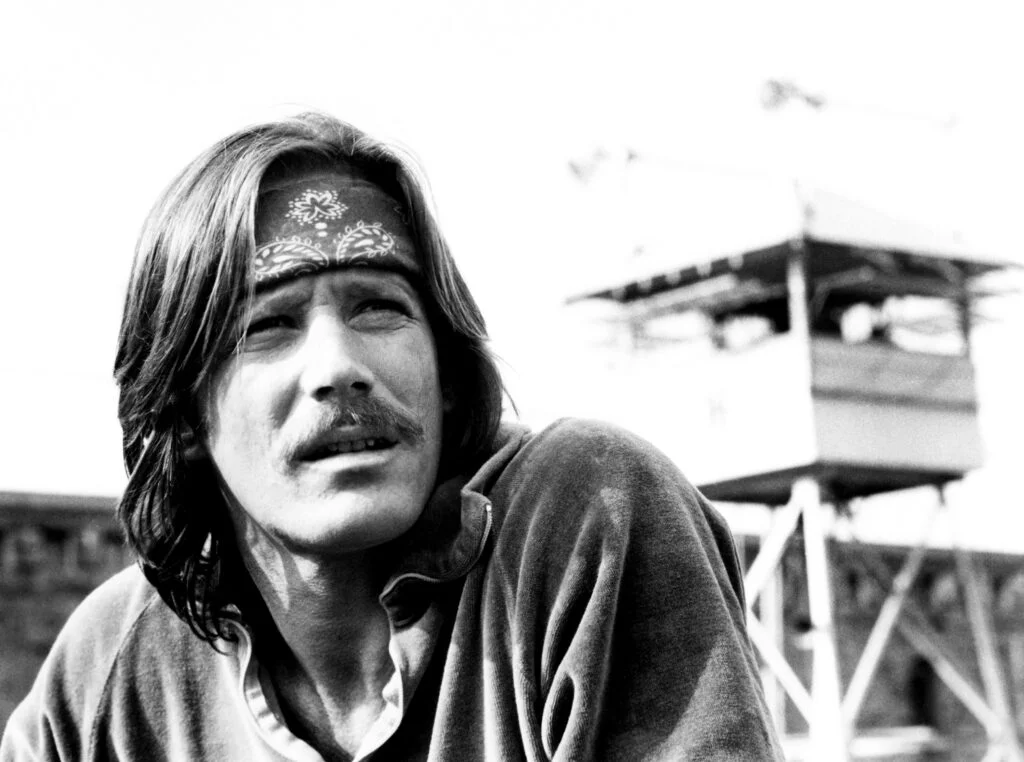
Peter Strauss was one of the most promising leading men of the ’70s, starring in acclaimed miniseries like “Rich Man, Poor Man” and “Jericho Mile.” His intense, method-acting approach brought gravity to every role he tackled. Strauss seemed destined for major stardom with his classical good looks and serious dramatic chops.
Despite his talent and early success, Strauss never quite broke through to become a major movie star as many predicted. The transition from television to film proved challenging, and his serious demeanor didn’t always translate to box office appeal. As the industry shifted toward more commercial entertainment in the ’80s, his particular style of earnest drama fell out of favor.
12. Robert Forster
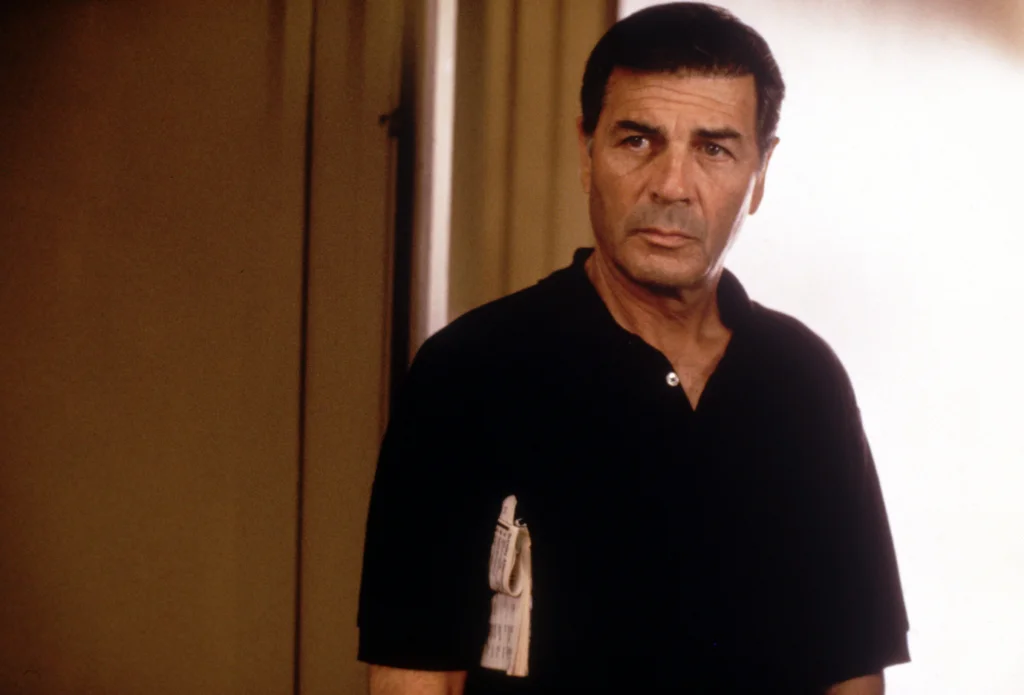
Robert Forster was a ubiquitous presence in ’70s cinema and television, appearing in everything from “Banyon” to numerous TV movies. His everyman quality and reliable performances made him a favorite among casting directors. Forster had the rare ability to disappear into roles while still maintaining a distinctive screen presence.
As the ’80s progressed, Forster found fewer leading roles coming his way, despite his consistent quality as a performer. The industry’s focus on younger, more marketable faces pushed veteran actors like Forster into character and supporting roles. Though he experienced a career renaissance in the ’90s with “Jackie Brown,” his days as a ’70s leading man were definitively behind him.
13. John Ritter
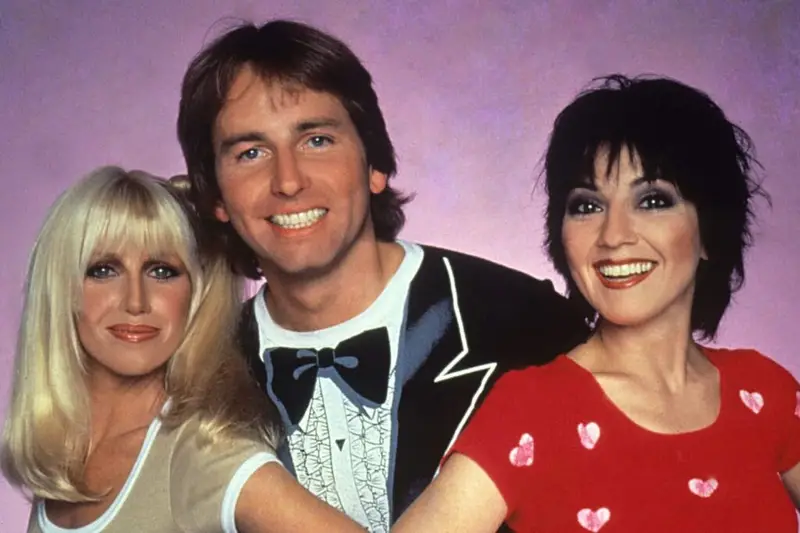
John Ritter was an icon of the 1970s and 1980s, best known for his role as the lovable, bumbling Jack Tripper on the hit sitcom Three’s Company. His slapstick comedy and impeccable timing made him a household name, and his charming, easygoing persona endeared him to viewers across the nation. Ritter’s ability to make viewers laugh, while still portraying a genuine and warm-hearted character, made him a standout during his time.
Despite the immense popularity of Three’s Company, Ritter’s career post-show was not as consistently prominent. He went on to find success with 8 Simple Rules in the early 2000s, but his life was tragically cut short when he passed away from an aortic dissection in 2003. His sudden death at age 54 shocked fans and left many wondering what more he could have accomplished had his career continued to thrive.
14. Burt Reynolds
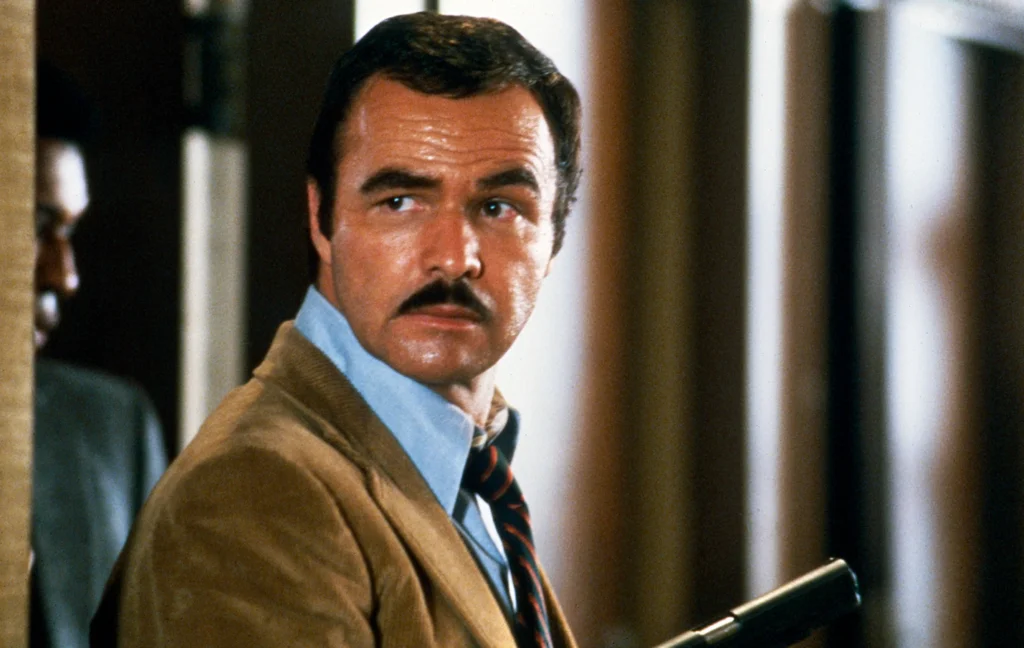
Burt Reynolds was a true 1970s superstar, effortlessly blending charm, masculinity, and humor into roles that made him a cultural icon. His performance as the fast-driving, fun-loving Bandit in Smokey and the Bandit turned him into a global sensation. Reynolds’ rugged good looks and natural charisma made him one of the decade’s biggest stars, leading to hit films such as The Longest Yard, Deliverance, and The Cannonball Run.
However, by the 1980s, Reynolds found himself struggling to maintain his career momentum. Despite a few box-office successes, including Cannonball Run II and Stroker Ace, his work became less critically acclaimed, and the roles started drying up. By the late 1980s and 1990s, Reynolds was often relegated to supporting roles, a far cry from the leading man who once dominated the screen. His final years were marked by personal and professional struggles, but he managed a brief resurgence with Boogie Nights, which earned him an Academy Award nomination. He passed away in 2018, leaving behind a legacy of unforgettable performances.
15. Debbie Allen
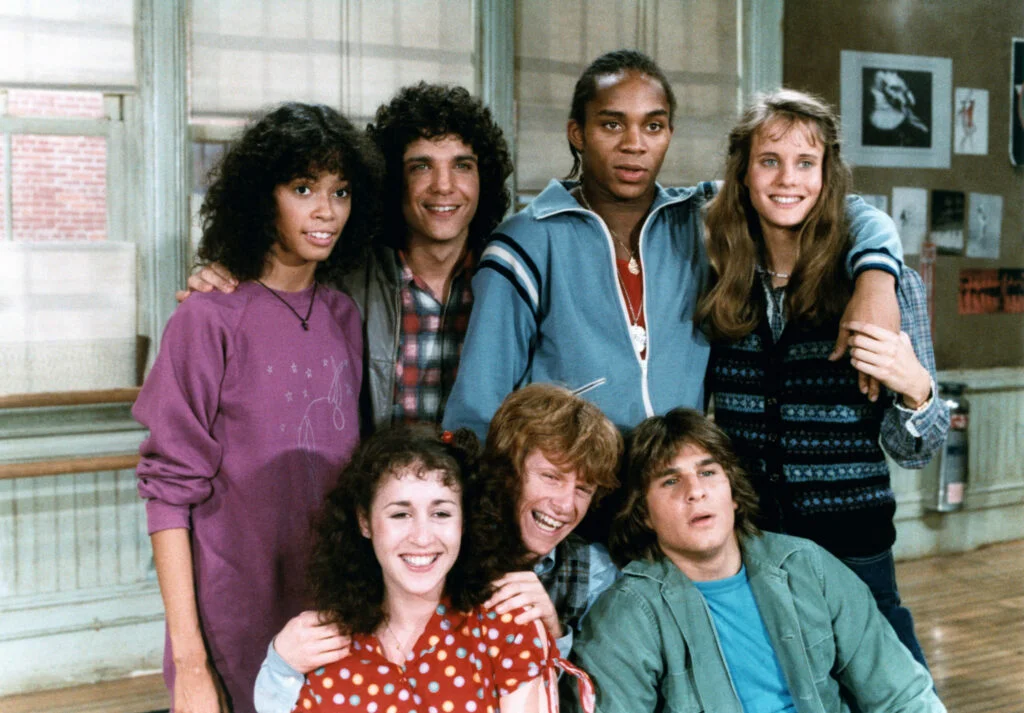
Debbie Allen was a standout figure in 1970s television, especially known for her role as the dance instructor in Fame. Allen’s passion for dance and acting, paired with her undeniable star power, made her one of the defining performers of the era. She became a household name through her portrayal of Lydia Grant, a character who inspired a generation to pursue their creative passions.
While Allen’s success continued into the following decades, her fame from Fame was difficult to replicate. She transitioned into directing, choreography, and producing, continuing to make significant contributions to the entertainment world. Although she never again achieved the same level of iconic status from her Fame days, she remains an influential figure in the arts, cementing her place as a trailblazer for women in the industry.
16. Mackenzie Phillips
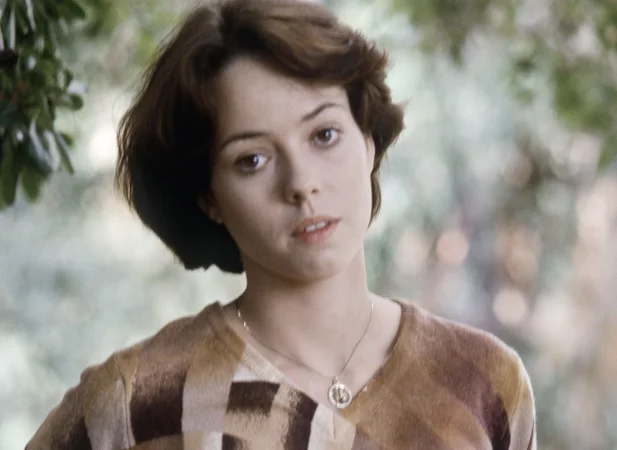
Mackenzie Phillips was another young star of the ’70s who captivated audiences, particularly through her role as Julie Cooper in One Day at a Time. Her portrayal of a rebellious, misunderstood teenager connected with audiences who saw a reflection of their own struggles in her character. Phillips quickly became a TV staple, garnering both critical praise and a loyal fanbase.
However, after One Day at a Time ended, Phillips faced personal struggles that made it challenging for her to recapture her early success. She battled drug addiction, and her career suffered as a result, with fewer opportunities coming her way. Despite these challenges, Phillips turned her life around and began sharing her story, working to help others facing similar struggles. Her journey toward recovery, and her work in advocacy, have become a defining aspect of her life post-acting.
17. Ted Danson

Ted Danson first made his mark in the ’70s with appearances on several TV shows, but it was his role in Cheers that turned him into a household name. His portrayal of the lovable, but often clueless bartender Sam Malone made him a cultural icon, earning him numerous accolades, including multiple Emmys. Danson’s comedic timing and charm made him a favorite of audiences, making Cheers one of the most successful sitcoms of all time.
Though Danson remained active in the entertainment industry following Cheers, it was hard for him to duplicate the unparalleled success he had with the show. Despite starring in series like Becker and The Good Place, which earned him renewed critical acclaim, Danson’s earlier fame remained the defining aspect of his career. Still, he has managed to find consistent work and is widely regarded as one of the most versatile actors in Hollywood today.
18. Tom Wopat
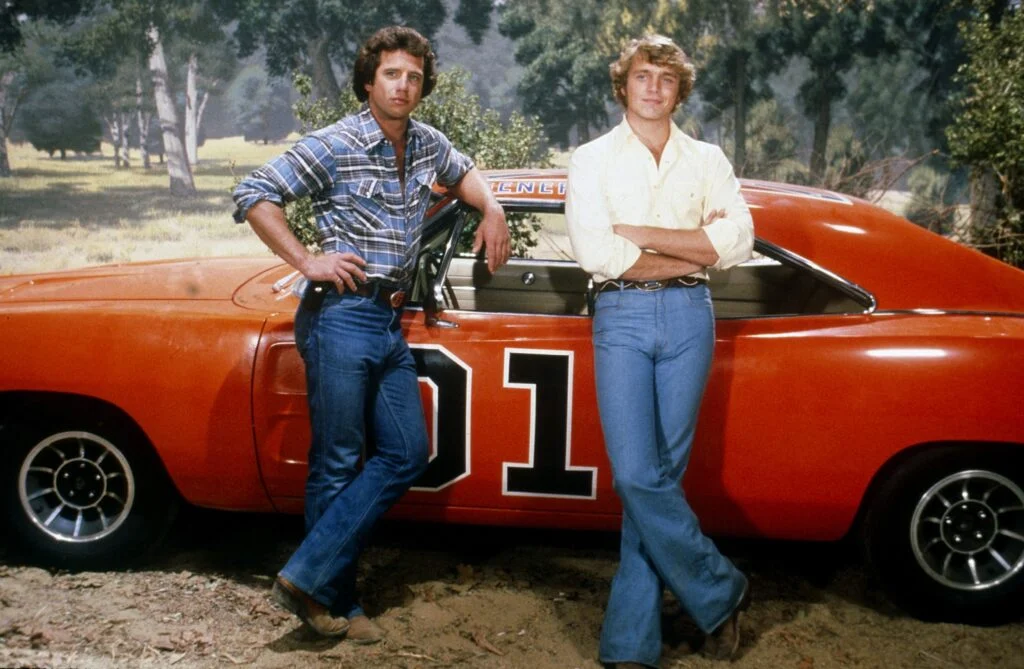
Tom Wopat became a household name thanks to his role as Luke Duke in the beloved ’70s TV series The Dukes of Hazzard. His rugged charm and easygoing persona made him the perfect counterpart to John Schneider’s Bo Duke. The duo became an iconic pair on the small screen, with their car chases and mischievous antics captivating audiences every week.
Following The Dukes of Hazzard, Wopat struggled to find another role that matched the popularity of his character. While he appeared in several TV series and made guest appearances in films, none of them were able to propel him to the same level of stardom. Despite his lower-profile career, Wopat has remained a dedicated actor and continues to perform in both television and stage productions, keeping his love for acting alive.
19. Charles Durning
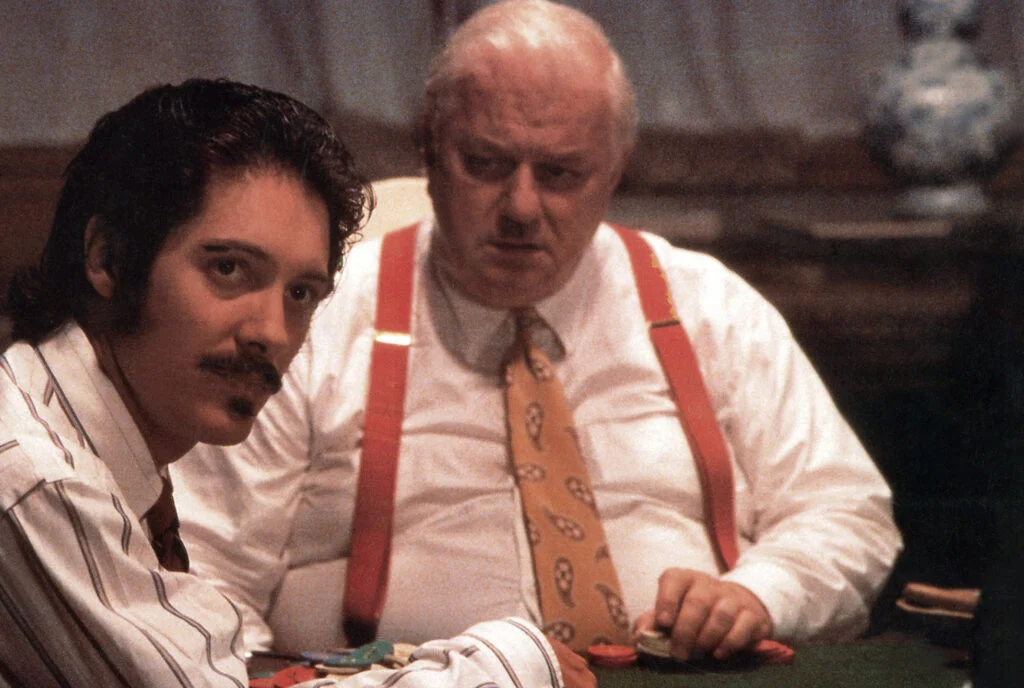
Charles Durning was an actor whose face was familiar to television and movie audiences alike throughout the 1970s. Known for his versatility, Durning played both dramatic and comedic roles, making him one of the decade’s most reliable character actors. From The Sting to Dog Day Afternoon, he brought a unique depth to every role, often portraying men who were both tough and vulnerable.
In the years following his ’70s success, Durning continued to work in films and TV, but by the 1980s, he found himself less in demand. His career slowed down as the industry shifted, but he managed to remain active, appearing in several stage productions. Durning’s legacy as a talented and hardworking actor continues to be appreciated, with many citing his diverse career as a testament to his dedication to the craft.
20. Teri Garr
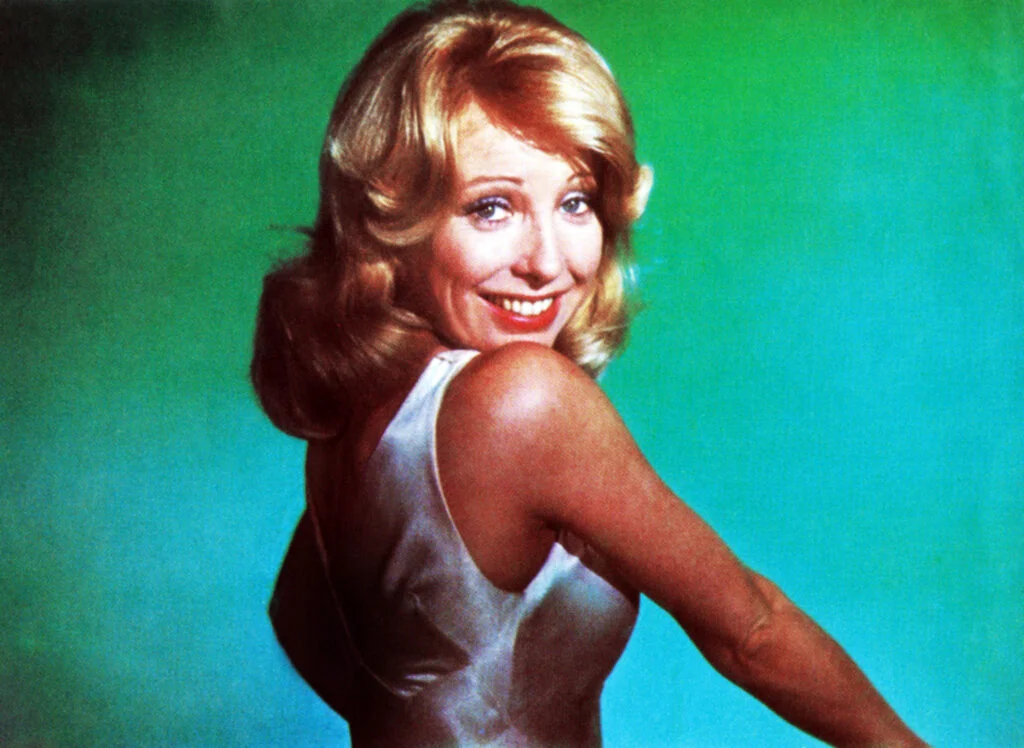
Teri Garr became a beloved actress during the ’70s, known for her quirky and comedic roles. She starred in a number of films and television shows, including her memorable role in Young Frankenstein, where she played the dim-witted but lovable Inga. Her natural comedic timing and relatable charm made her a favorite among audiences, particularly for her roles in films like Tootsie and Close Encounters of the Third Kind.
Despite her earlier fame, Garr’s career hit a significant obstacle in the ’80s when she was diagnosed with multiple sclerosis. Though she continued to act in various TV shows and films, her health struggles limited her ability to take on larger roles. She has since become an advocate for multiple sclerosis awareness and remains a beloved figure in Hollywood for both her work and her courage in the face of adversity.
Looking back, these actors remind us of a time when television and film felt more intimate, when the same familiar faces would welcome us into our living rooms week after week. They were part of our extended family, even if we never met them, and their sudden absence from our screens left a void that newer faces somehow never quite filled. Perhaps that’s the real magic of the ’70s—it was the last decade when we could truly have shared cultural experiences, where everyone knew the same shows and the same stars, creating a collective memory that still binds us together today.


